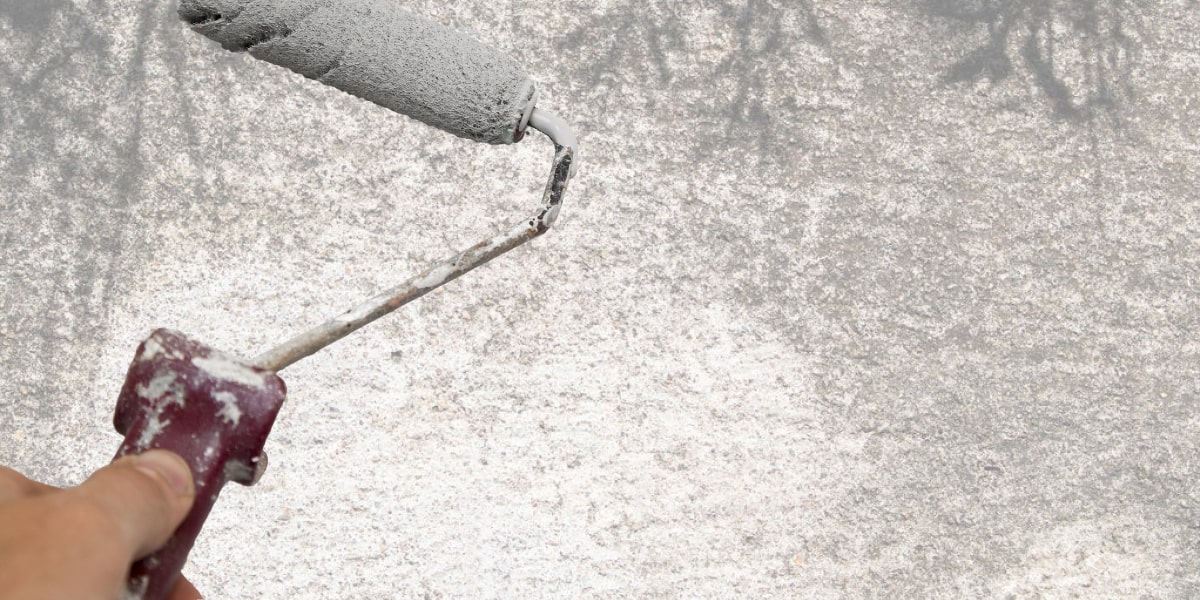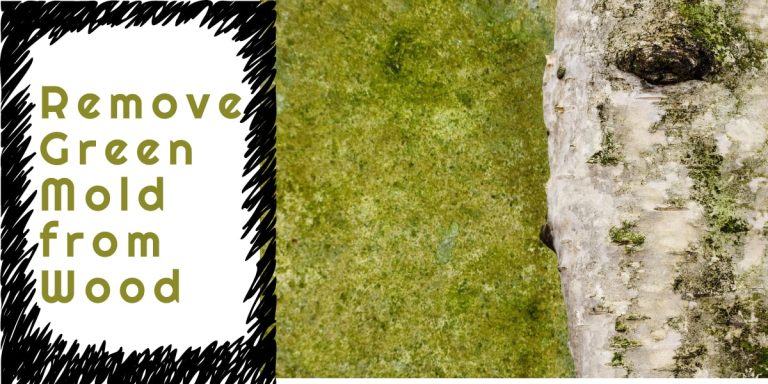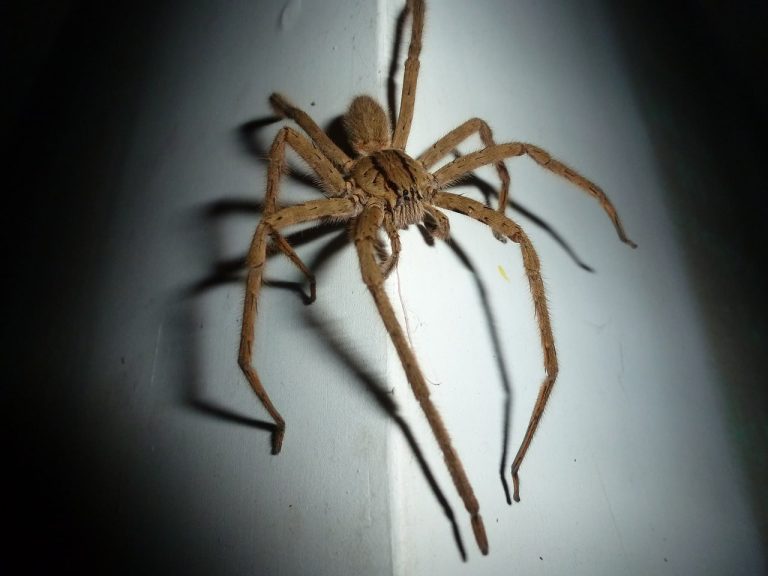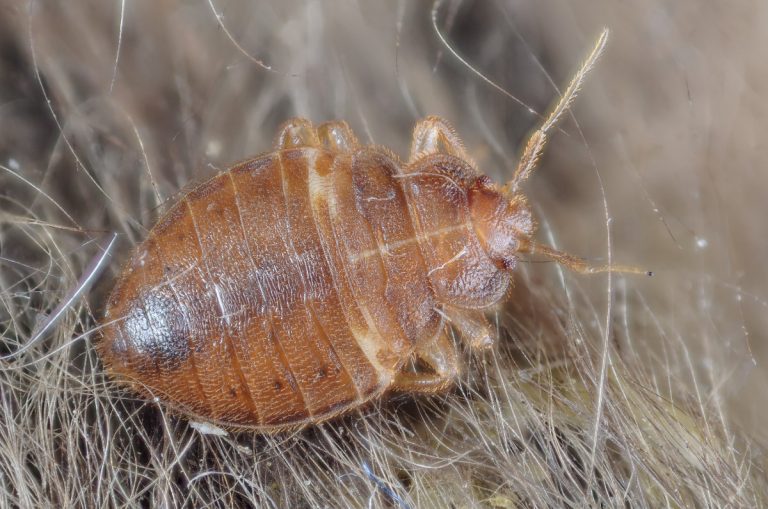What Happens if You Paint Over Mold?
If you just paint over mold, you’re not fixing the problem. It’s a quick fix to cover up the ugly stains, but it won’t solve the issue at the source. Painting over mold will cause the paint to chip, peel, and bubble, a sign that the mold is still growing underneath. Painting over it will only prolong the issue and hide it for a short period.
If you haven’t got mold or mildew yet, paint over high humidity areas with paint that resists its formation and spread. If you absolutely must paint over mildew, you should only do it over non-toxic cases, so, that it doesn’t become a threat to the occupants.
Mold resistant paint and primers only work proactively
Some paints and primers advertise that they kill mold if you paint over the growth that appears in your home. These paints and primers only prevent mold growth after mold has been successfully cleaned and destroyed to avoid regrowth.
Moisture-resistant or mold-resistant primer is important when painting high-moisture areas like bathrooms, kitchens, or laundry rooms. These paints are primers that can also be helpful if you live in a humid climate.
Remove the mold before painting, but also ensure the surface is clean and dry
When it’s time to treat the mold, make sure to wear protective equipment such as a respirator mask, gloves, and eye protection. Some people prefer to use a mixture of bleach and water to spray on the mold to kill it. This works on the surface, but it doesn’t kill mold growing deep in drywall or wood. Vinegar penetrates deeper than bleach, so it’s a more effective mold killer.
Spraying vinegar on mold and saturating the area will treat the root of the issue. Remember never to mix bleach and vinegar since it creates a toxic gas. There are also fungicide products you can purchase and apply to the areas. If the mold patch is extensive or recurring, contact a mold remediation professional.
Some of the few negative outcomes of painting over mold –
- Home structure problems
- Personal and family health issues
- Extensive home damage
- High costs to fix
Signs of paint over mold
Painting over mold is quick-fix many homeowners or landlords jump to because it’s cheap, or at least they think. If you paint over mold, it will return in its original form or the form of chipping bubbled or cracked paint. In the long run, this could cost more than it would have been to receive mold remediation services in the first place.
If you’ve chosen to paint over mold or if you suspect that your walls potentially have mold under the paint, you will likely see visible signs in affected areas. The entire wall may or may not be affected, but even a small amount of mold can be a serious problem. Here is what you may see:
- The paint is bubbled, cracked or chipped.
- White or light colored paint has turned yellow.
- The walls or ceiling are not entirely flat. They bubble or bow out which is another sign of water damage.
If you see signs of mold, you most likely have water damage on that wall that was not properly remediated in the past. If you suspect mold growth behind the paint in your home, you will need to determine the source of the leak and make plans to properly remediate it.
Mold will not simply go away on its own, and it has a laundry list of serious health ailments that it can cause you and your family. Paint over mold doesn’t permanently fix or hide the problem. If you suspect there is mold underneath your paint due to one of the signs mentioned above, do something about it now before the problem worsens.
Proper remediation
You must properly get rid of mold before painting. There is no exception. Local hardware and paint stores sell mold-killing or mold-resistant paint. If you do your research, you will find that these claims oftentimes are not true. If you have mold on your walls, it must be properly removed prior to painting. Otherwise, the mold will keep growing and can actually eat through the paint. If the source of the water leak has not been determined, the mold problem can be exasperated. Surface mold is what you can visibly see, but most of the time, the problem is deeper into your walls.
If you suspect that there is mold growth underneath the paint on your walls or ceilings, you should hire a professional mold remediation company to start an official inspection. They will be able to do an assessment of your home and determine the extent of the mold damage as well as recommend repairs. Mold grows quickly (even under the paint) so the extent of the remediation may be more than you think.
While there are sometimes that you can undertake mold remediation yourself, it is often best to hire a professional mold team simply because mold is sneaky and dangerous. If you aren’t properly trained, you could contaminate the rest of your home, make the problem worse or put you and your family at a serious health risk.
How to prevent mold after remediation?
After professional remediation, you’ll want to do everything you can to prevent the problem from returning. There are a variety of ways to prevent mold. They will require continued diligence and maintenance. Ultimately, the work put into your home to keep mold away will keep yourself, your family, and your household safe.
- Use a mold-resistant primer. Before embarking on your painting journey, be proactive and use a mold-resistant primer. This is especially important for rooms where moisture is prevalent, like the bathroom or kitchen.
- Try to take control of your humidity.By making sure your home stays dry and well ventilated, you are helping to prevent the development of mold. Dehumidifiers can help in the prevention of mold, as well.
- Properly dry and clean spaces where leaks or floods have occurred.
- Making sure all spaces are completely dry is a huge step toward preventing mold. If you have spaces in your home that are notorious for leaking or flooding, regularly check in on them and dry the area with a towel, as needed.







